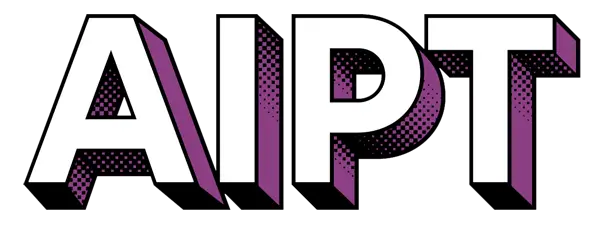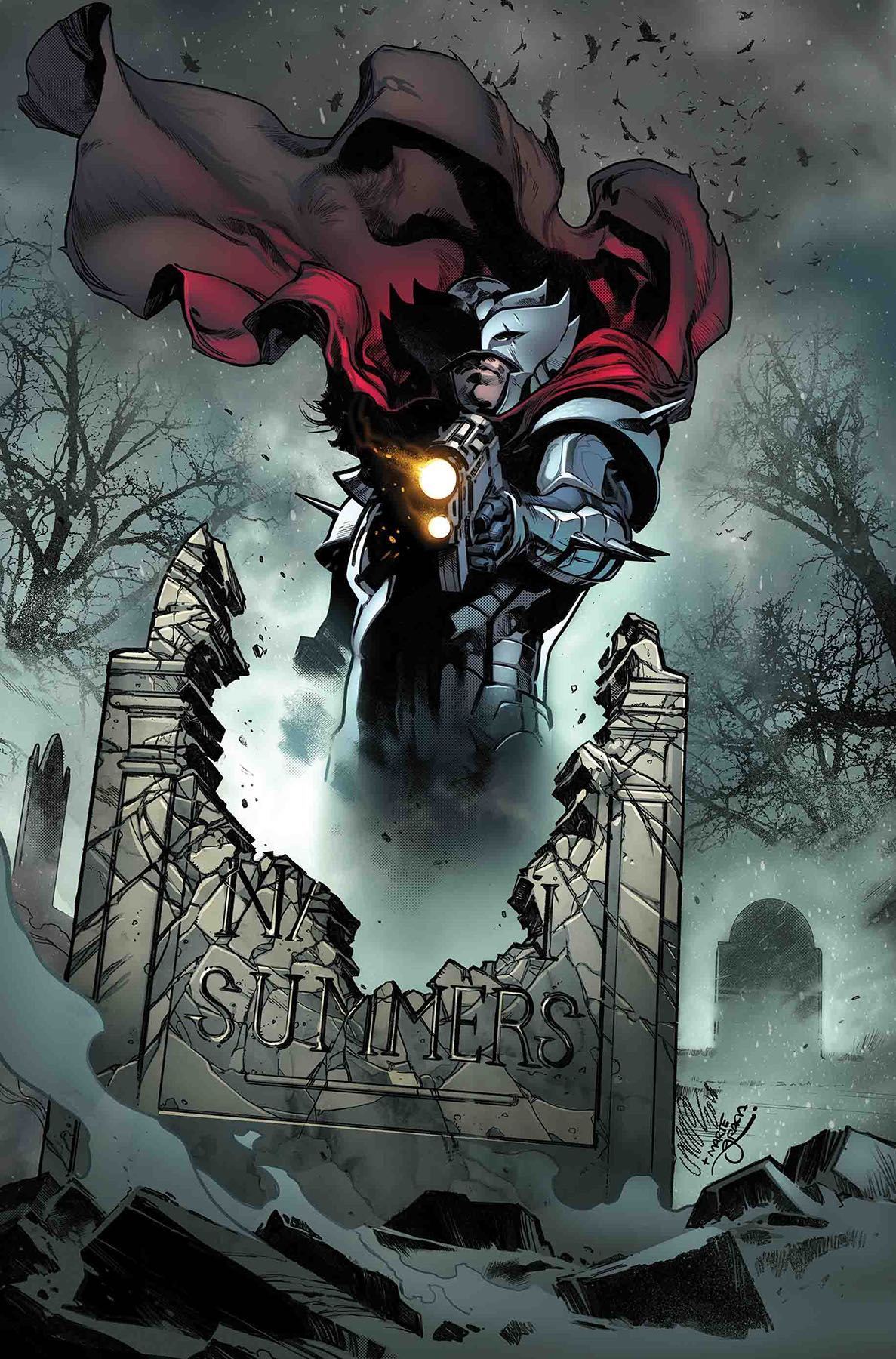The story in X-Force #6 zeroes in on the return of Stryfe and how he came back through time to start a revolution and turn around the fortunes of nothing nation Transia.
So, the man who wrote a really terrific rendition of Prophet for Image comics gets to work on an X-book title at a time when there’s somewhat of a renaissance on all things ’90s. He writes a decent lead in mini-series and then takes on possibly THE most ’90s of the X-books, strips it back to the essentials, and the results are actually bearing fruit. Who saw that coming?
Ed Brisson’s X-Force book is one to watch, but don’t expect it to be the black ops-flavored Uncanny X-Force or even the media-whore pop celebrities of Milligan and Allred’s run. Brisson has handpicked the most Liefeldian and Niciezan attributes of the title’s lore and puts his own spin on them.
This is an idea-driven book masquerading as a superhero team book that is loaded with the intelligence that was absent from its peak popularity.

Stryfe, notorious for his ridiculous outfit and head-imploding origins, is given depth he never received in the past. Brisson writes him as a complex anime overlord. A revolutionary with militant leanings and layered character motivation. Even the design is taken down a few pegs, but we’ll get to the art.
His Mutant Liberation Force isn’t just a collection of overdesigned trademarks ready to set the trading card business alight. They’re dimensional characters who enhance the work Brisson has committed to writing into Stryfe.
Yes, time-hopping stories, as a rule, don’t make for the easiest narratives to follow. But with Stryfe as the focus of this issue and his single-minded goal as the through-
Callbacks to years of X-Men stories and recent events with Ahab are given ample, but succinct and efficient, time and the story moves onward in the final few pages.
Yes, there’s only a glimpse of the title’s team, but this issue from Stryfe’s perspective is executed so brilliantly I’d champion if things changed direction for a few issues more under Brisson’s pen.
No disrespect to Pepe Larraz, but Damian Couceiro (most recently of Sons of Anarchy) is a much better fit for the feel this book goes for. Larraz’s style leans too far towards stylized and cartoony and if he were the penciller for this issue, the writing would have gotten lost on me.
There’s not much call for the crosshatched-to-death, everything metallic style of the ’90s either (it’s OK to admit you miss it sometimes), but Couceiro’s grounded-in-reality style really lends itself to a revolution from the ground up and cold techno-noir setting. His battle scenes are patchy but his layouts in a story that is almost all exposition and character history are appealing and creative. His style perfectly fits the rebel rousing attitude of the issue.

Eric Arciniega’s muted and shadowed color palette perfectly communicated that there’s no glamor to Stryfe’s journeys through time and that this book is rough, militant, and darker than the spandex colored super team origins of the former New Mutants.
Join the AIPT Patreon
Want to take our relationship to the next level? Become a patron today to gain access to exclusive perks, such as:
- ❌ Remove all ads on the website
- 💬 Join our Discord community, where we chat about the latest news and releases from everything we cover on AIPT
- 📗 Access to our monthly book club
- 📦 Get a physical trade paperback shipped to you every month
- 💥 And more!













You must be logged in to post a comment.